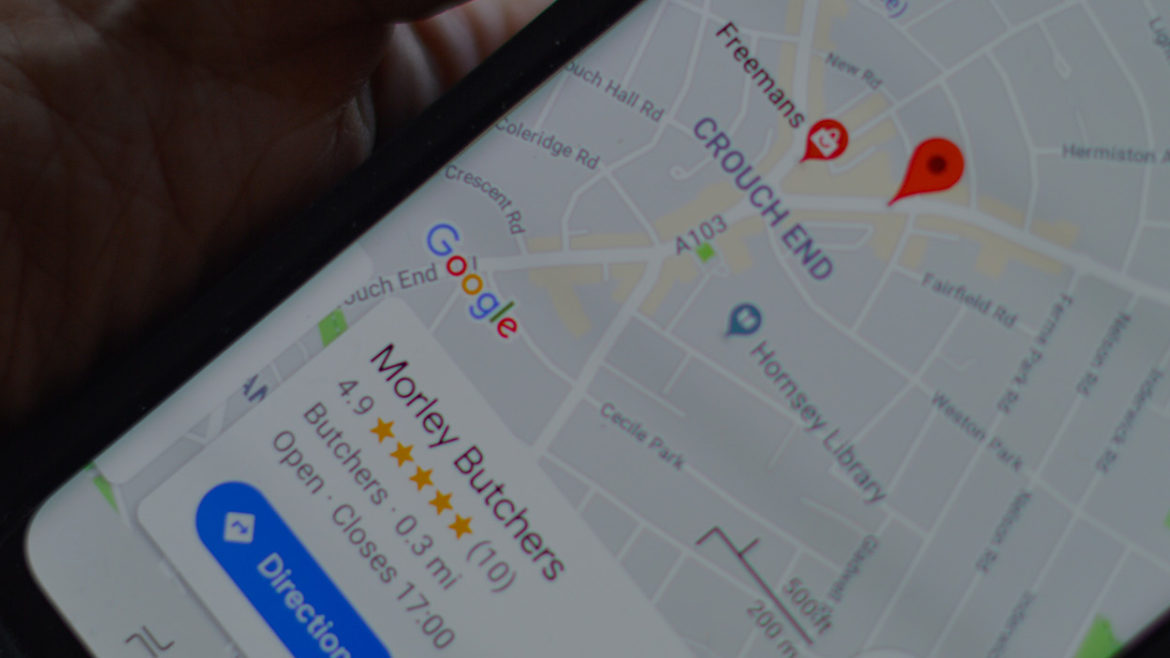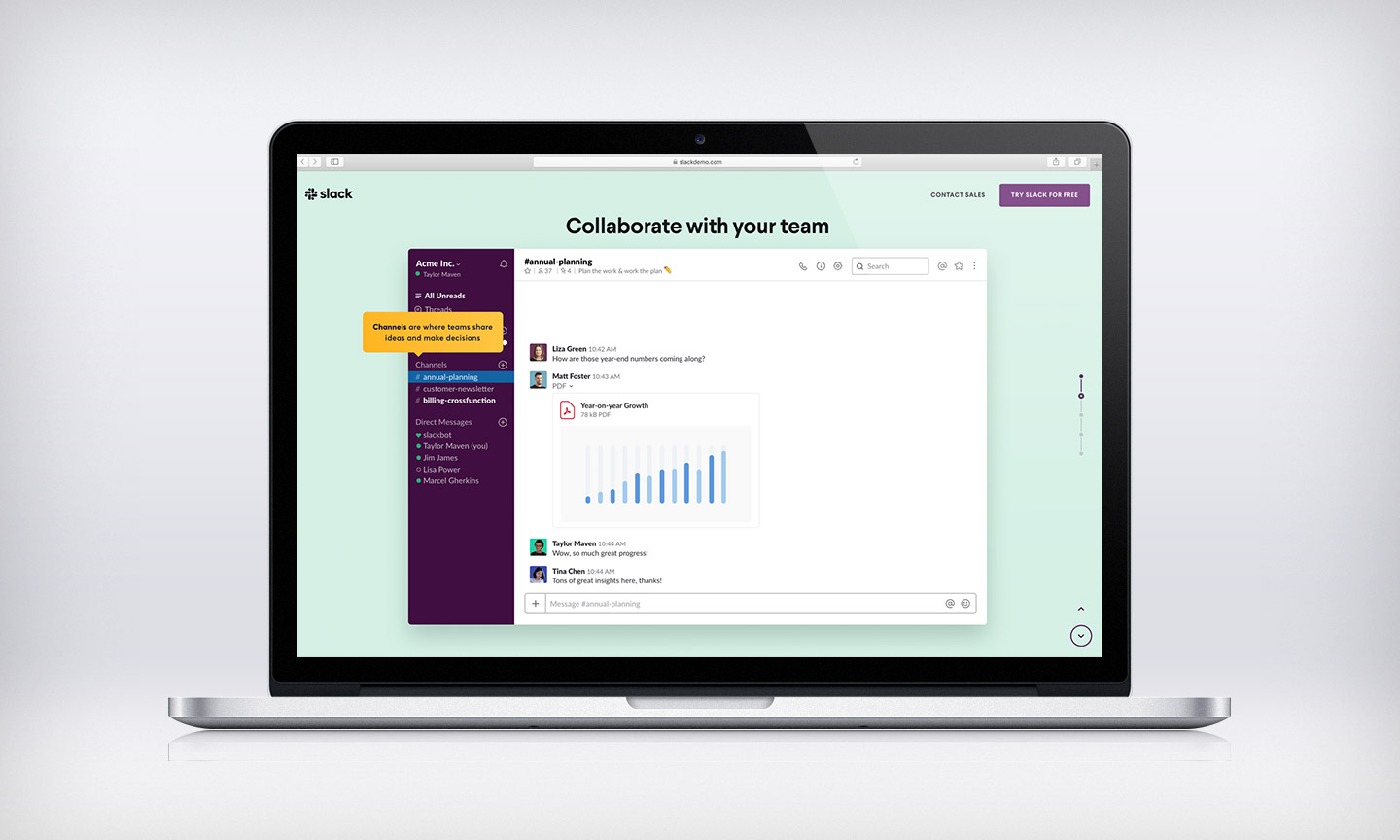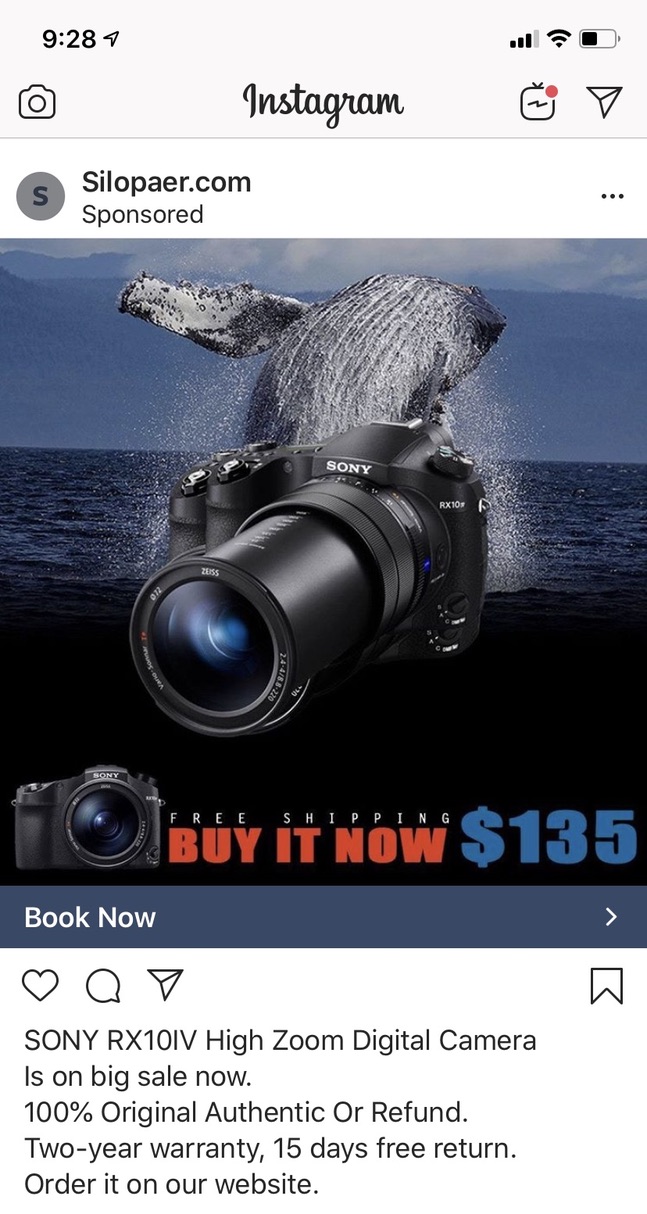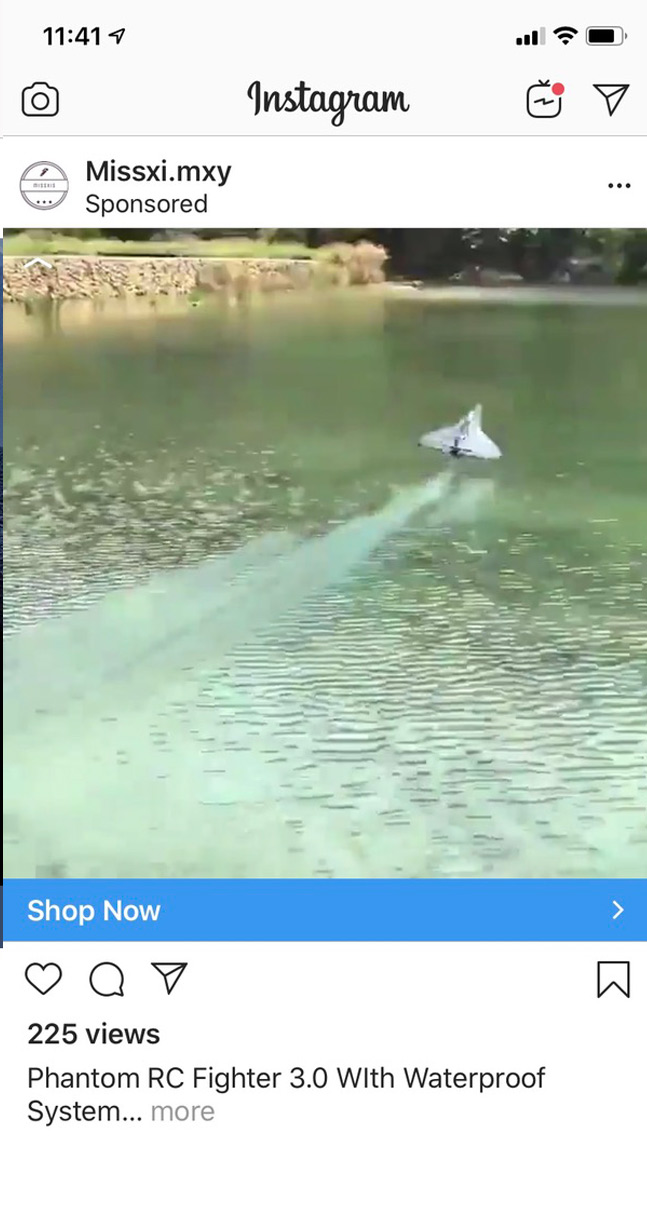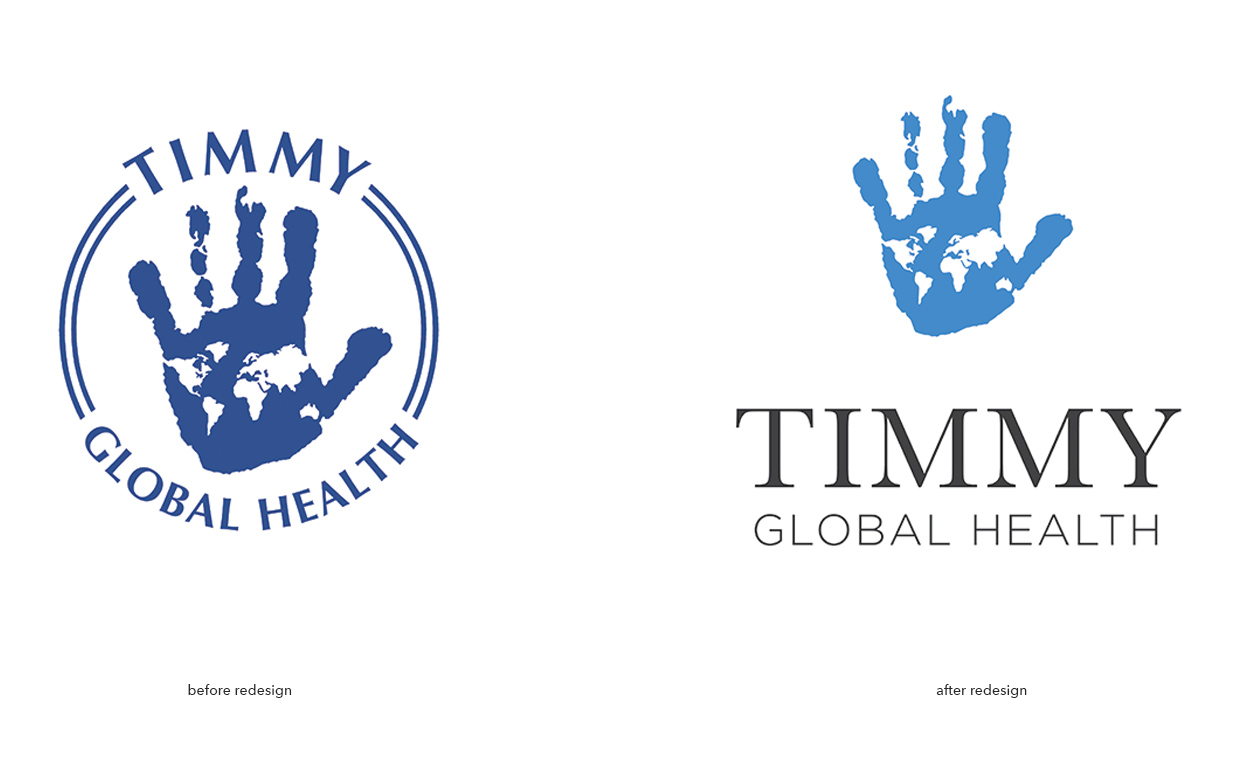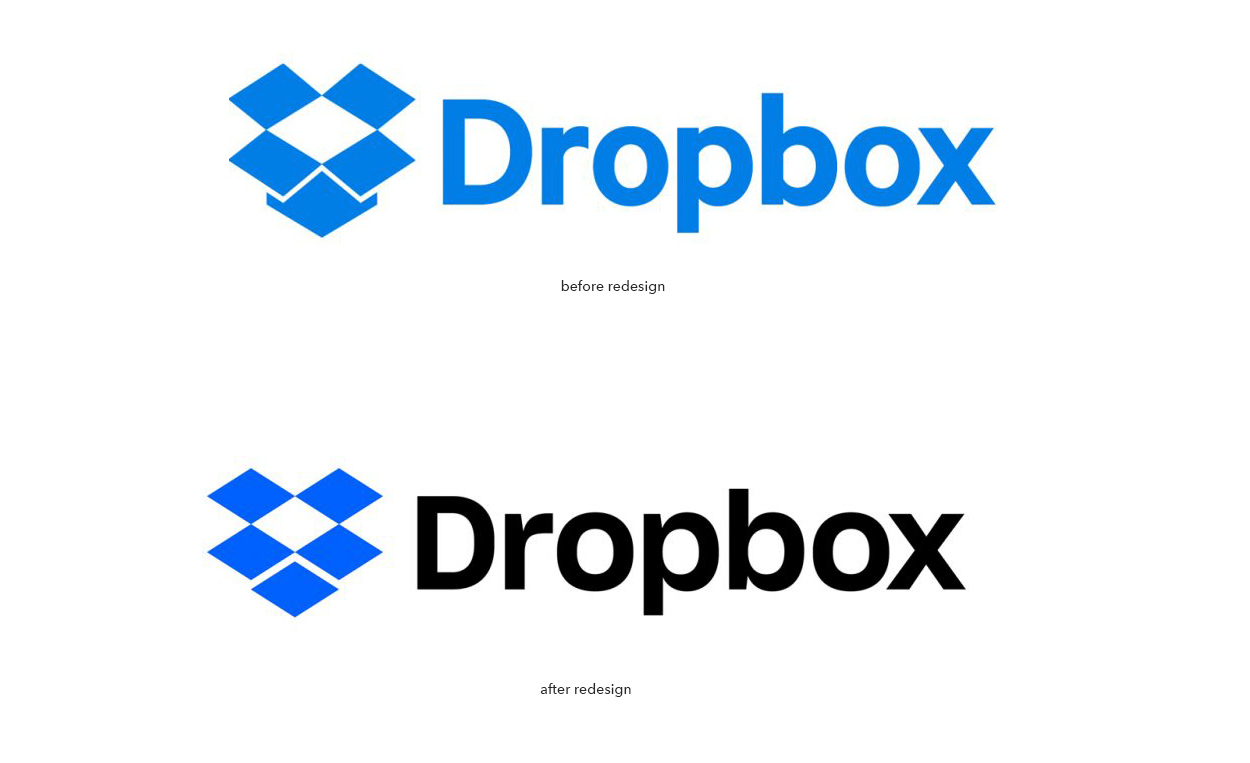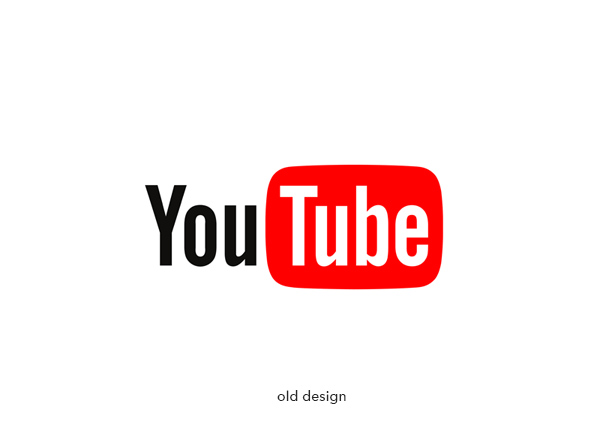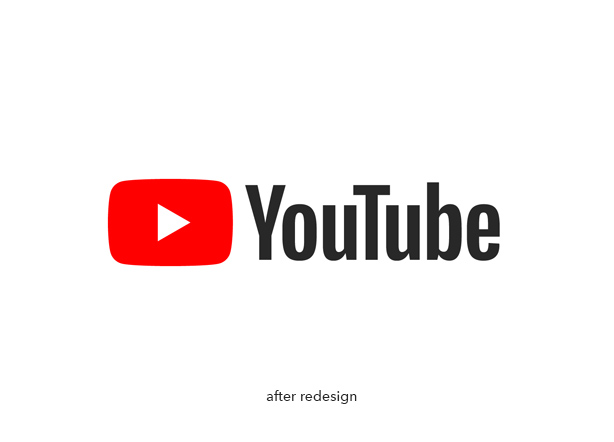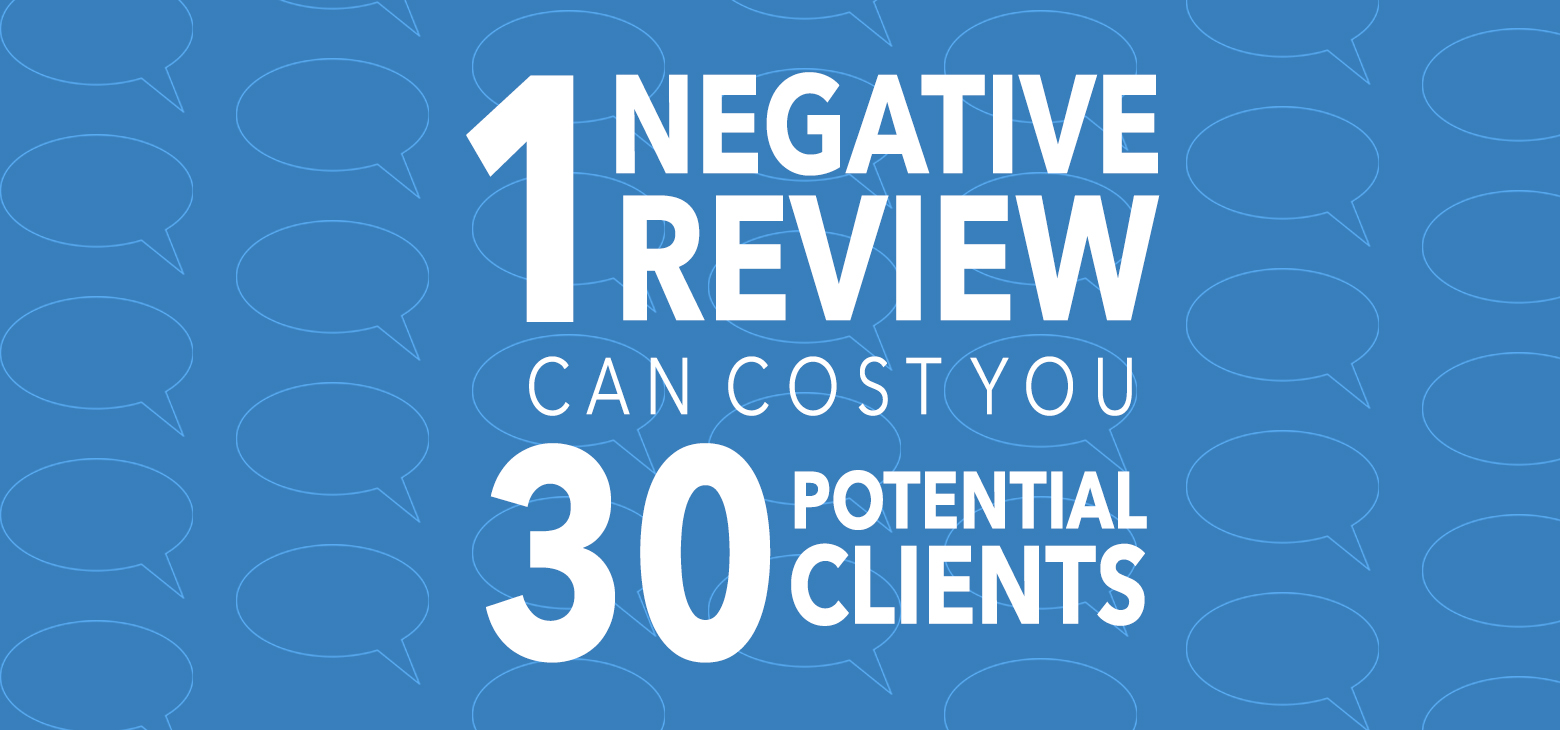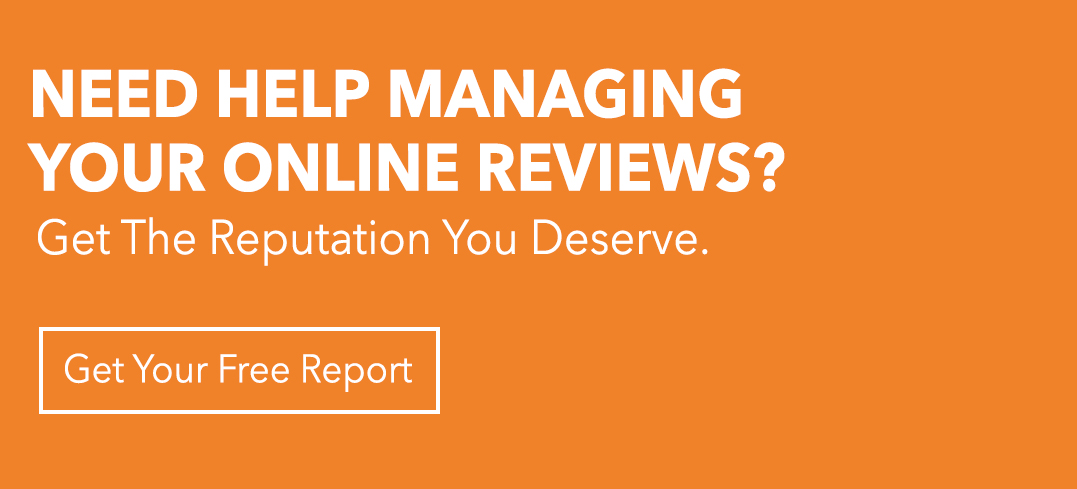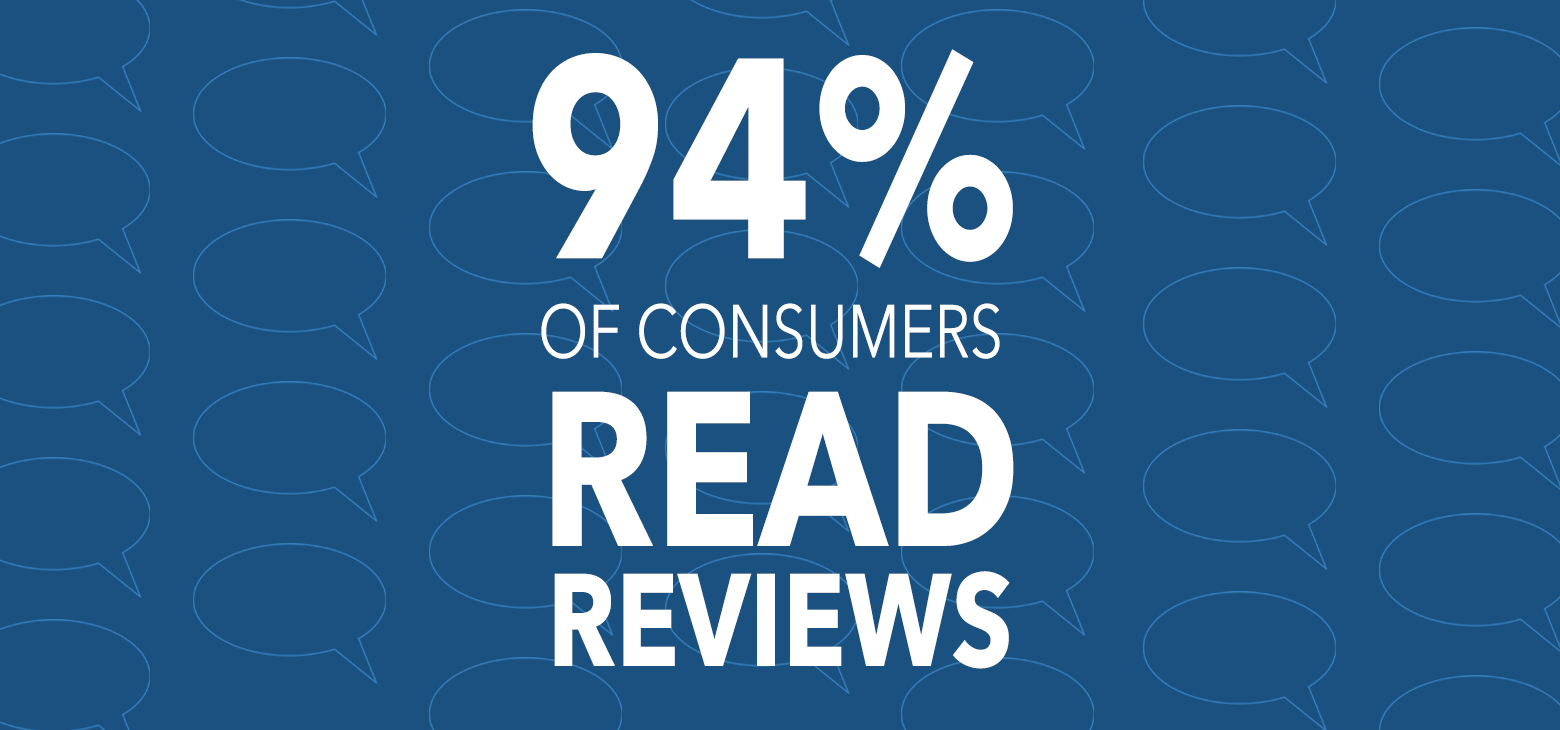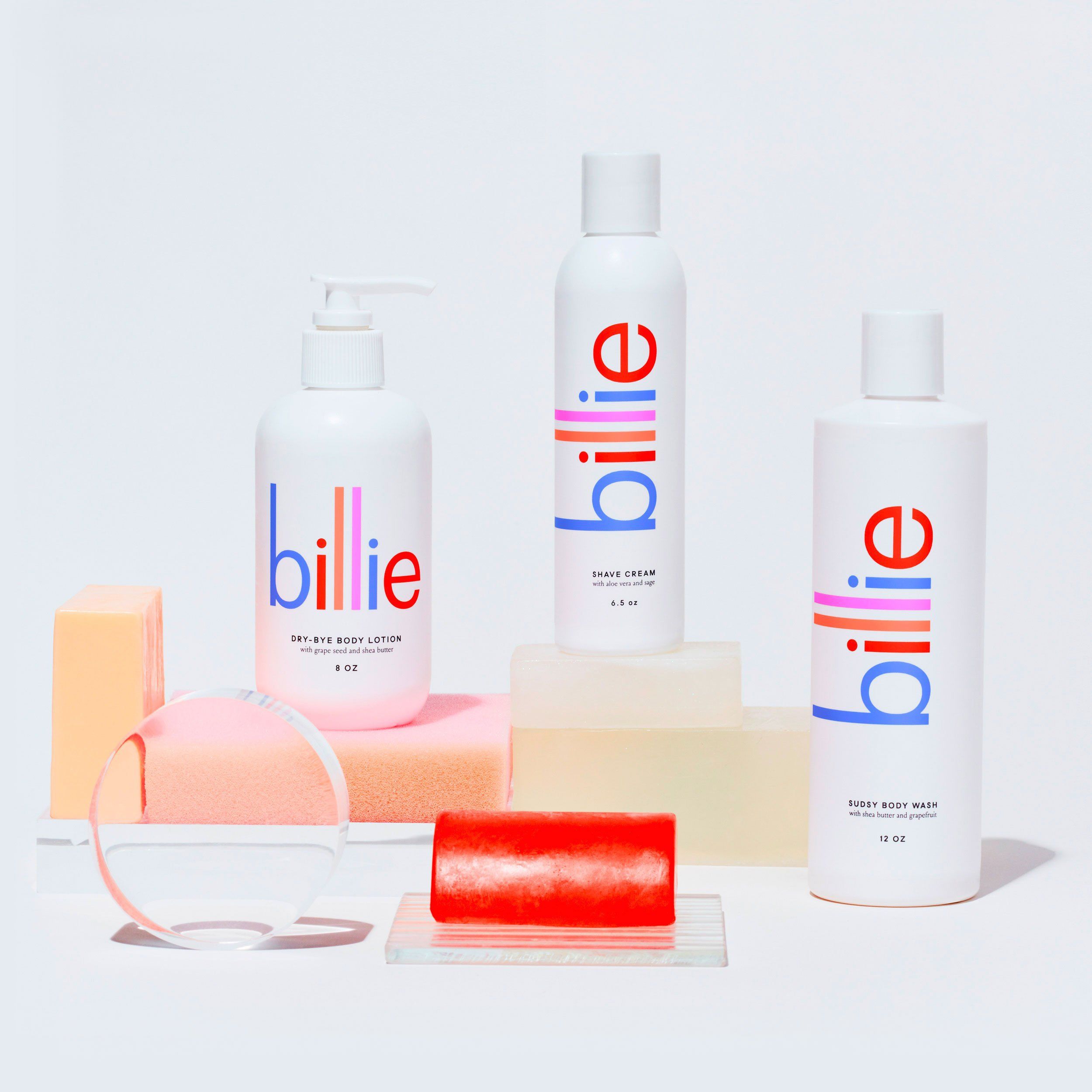Recently three of our team members attended the annual Content Marketing World Conference in Cleveland, Ohio. They came back energized and excited to share takeaways from this year’s conference.
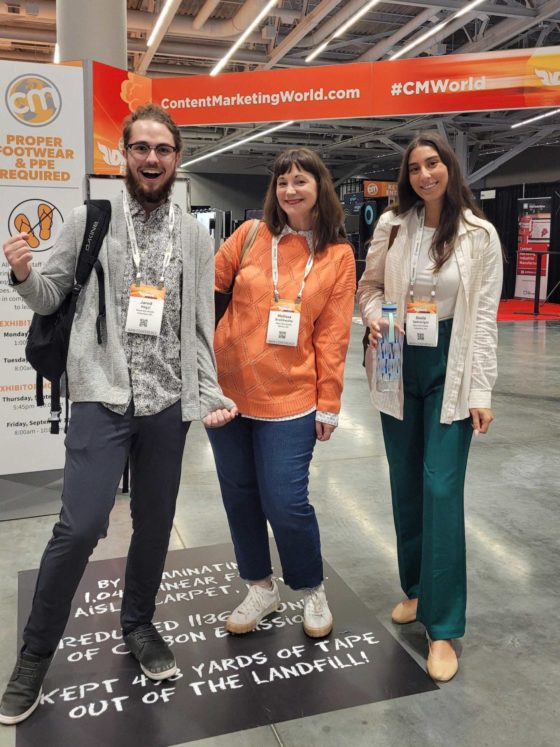
What Is Content Marketing?
More than just specific content for your brand, content marketing is a strategic marketing approach that aims to distribute valuable, relevant, and consistent content to attract and nurture audiences, drive profitable customer action, and ultimately help you meet business goals.
Content marketing, like other industries, is constantly changing as technology develops and consumer preferences shift. As leaders in the field, it’s important for us to stay ahead of critical changes and insights that impact our clients’ content marketing efforts.
Here are some takeaways from Content Marketing World 2022 that any business creating content (and that should be all of you!) can use to develop more effective and engaging content.
Double Down On Empathy
Post-pandemic, many people have a heightened sense of uncertainty, vigilance, and distrust. As marketers, empathy and transparency should be the foundation of all of our work. An honest and unexpected approach gains trust and shares an authentic version of ourselves and our businesses that consumers can connect with.
Strategy Is Significant
Many agencies offer the same services. So what sets them apart? It’s not just the social media or web content they create; it’s the content strategy. Anyone can create content, but a valuable agency partner communicates a consistent stream of meaningful information across all channels. Look for a strategy-first agency to ensure your marketing dollars are used most effectively.
Play The Long Game
Content marketing, done right, takes time. Sure, we can see an immediate impact from campaigns, but for a long-term, sustainable marketing program to be successful, a patient approach is needed. You need time to build an audience that knows, trusts and likes you and to see results that will move the needle.
Audience First
Creating content that your audience connects with is not as simple as it seems. Gain an understanding of your customer rooted in data and insights—not just demographics, but how and why they buy, what they hope for, and even what they fear. Craft content in your sweet spot—the intersection of your expertise and what buyers need and want to know. Test your content with a small audience segment and revise the content strategy as needed based on their response.
Content marketing is just one important piece of the marketing puzzle. If you’re creating content without an integrated marketing strategy, you’re left wondering if your content (and dollars) are making any meaningful impact. Need help connecting the dots and upping your marketing game? We’d love to help. Helping is our favorite. Reach out and let’s chat about how to put our expertise to work for your business.







